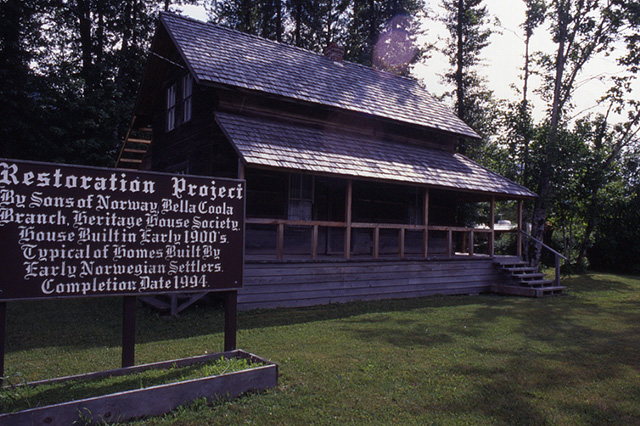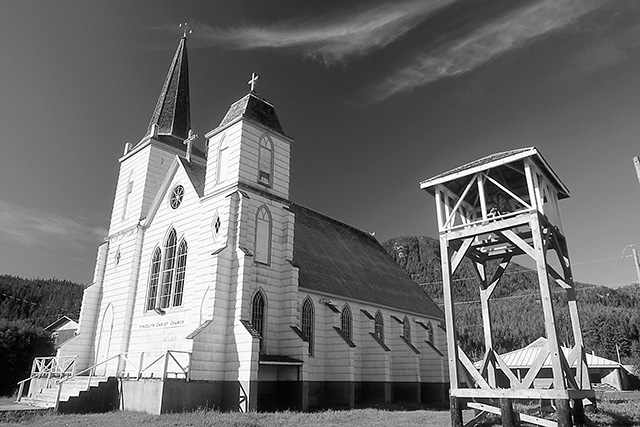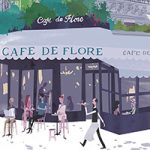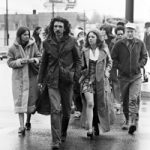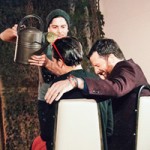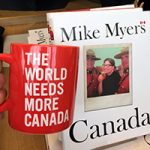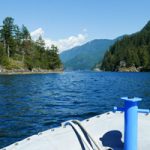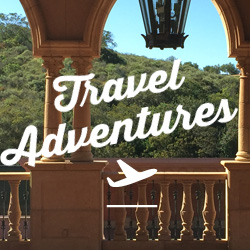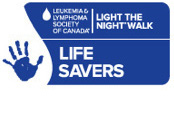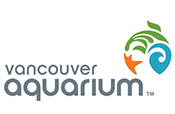Read through Andrew Scott’s expanded second edition of The Promise of Paradise, and you’ll learn of how British Columbia (BC) attracted and still attracts visionaries — and schemers — from around the globe.
Within its 229 pages (divided into nine chapters) are accounts of utopia-seekers and immigrants who came here to seek their piece of paradise and wound up living in communities of like-minded families, men and women. The utopian lifestyle wasn’t particularly easy to achieve, and was certainly not for everyone.
You’ll be amazed at what a group of people can achieve in a short amount of time in the often-rugged and remote uninhabited islands and tracts of lands in the vast BC province.
The book explores struggles involved in building a community and sustaining it over the years without major issues developing either within the community or with outsiders. In the mid- to late 1800’s, many European immigrants moved to North America and Canada to escape hunger or persecution and were looking to the West as the last frontier.
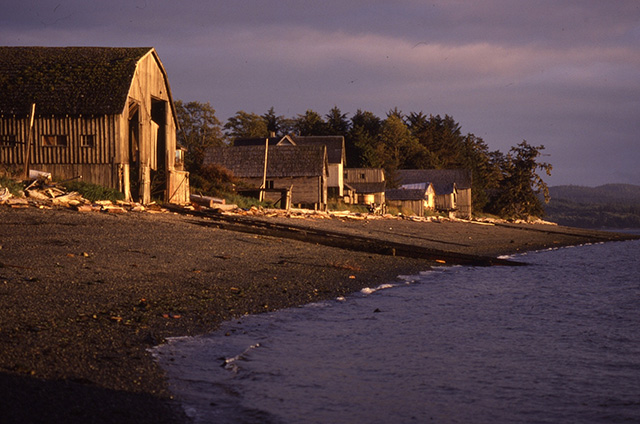
[The afternoon sun catches the heritage boat sheds lining the pebble beaches of Rouch Bay and are still used by members of Malcolm Island’s active fishing industry]
They were attracted by BC government land grants and usually got to keep the land after five years of improving it, proving that the new community could sustain future population growth and development over time.
The remoteness of some of the locations such as Cape Scott on Vancouver Island is both a blessing and a great divide; the more remote the better it seems, but also the more difficult to live off the land year-round and sell your products to nearby communities.
While the BC government often promised roads to help civilize these growing communities, at times they weren’t completed due to budget constraints. And then there’s the double-edged sword: once some of those roads were built, the remoteness was lost and the communities leaned towards individualism, aligning themselves with modern Canadian attitudes.
BC’s history really comes to life via included maps and images scattered throughout the book. I cared less for the somewhat longer accounts of some of the religious sects like the Russian Doukhobors explaining their background and how they wound up in Canada.
I also found myself leafing back to the map at the beginning of each chapter multiple times to better understand how difficult and challenging it must have been to live there and build up a ‘utopian’ community with like-minded people.
You really begin to appreciate the struggle as these people performed back-breaking labour to build homes and cultivate the land, totally dependent on one other to stay motivated and to survive.
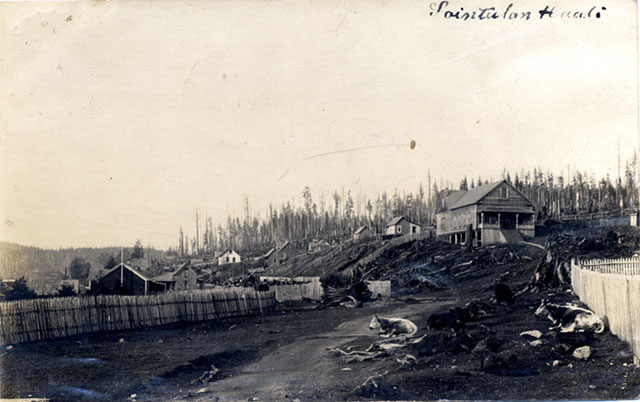
[A postcard of Sointula’s main street circa 1912 shows the colony’s cows taking full advantage of their relative freedom]
Most of them happily left everything behind in their former lands as they yearned for a sense of ownership and freedom. Their cultural and often religious beliefs weren’t allowed to be expressed in either their home country or as a North American immigrant.
Many of the downfalls were caused by excessive and estranged leadership, dividing the groups and causing dissent. Following a ‘guru’ or strong charismatic leader is easy to do but when power struggles arose, the utopian community can evolve into a slave labour camp.
As with everything in life, each community must seek the right balance, no matter how remote, small or large.
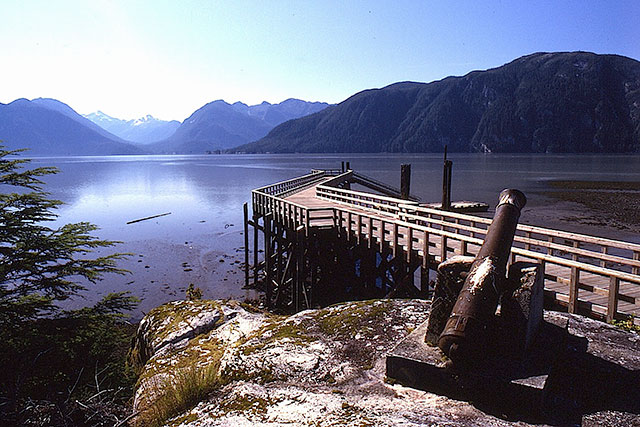
[Since the 2003 arrival of a road, the inhabitants of isolated, beautiful Kincolith have been able to participate more easily in activities reuniting the Nisga’a people; Andrew Scott photo]
Author Scott tries to be as unbiased as possible when relating these stories and historic facts, but throughout the book you get the sense of his admiration for many of these people and their accomplishments. It hardly came as a surprise when towards the end of the book, the reader discovers that Scott too would have wanted to join a utopian community.
Anyone with a remote interest in BC’s history and how these small and remote settlements came to be should pick up this book, also serving as a great guide for city dwellers who want to escape from a busy and always-on society—some of these spots can be visited via road trip or kayak excursion.
Would you be suited for this style of life? How prepared are you to do away with everything you own and share with others in return for a more quiet and rustic life, hopefully in tune and closer with nature and your particular beliefs while working the land?
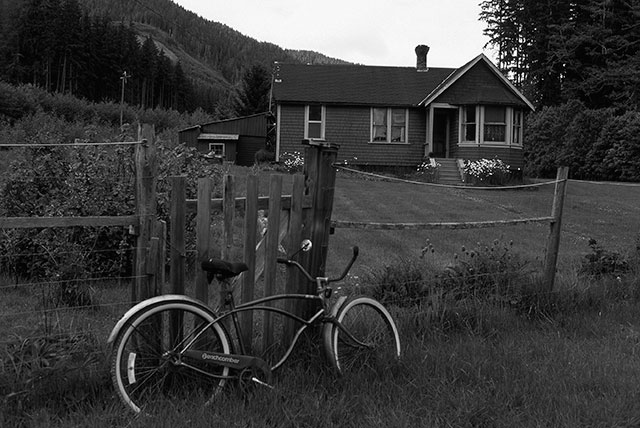
[Quiet, isolated Quatsino on Vancouver Island is a timeless world unto itself; Andrew Scott photo]
The Promise of Paradise is available via Harbour Publishing online and at bookstores.
Sechelt, BC resident and author Scott is a journalist, editor and photographer whose non-fiction work has appeared in publications worldwide. He’s authored six books as well as serving as contributing editor, subject consultant (I like that title!) and writer for the Encyclopedia of British Columbia.
We were sent a copy of The Promise of Paradise for review. Opinions, as always, are our own. Rouch Bay photo by Shiane Scott. The rest are courtesy of Harbour Publishing. Above review by Ad Colenbrander for Vancouverscape.
